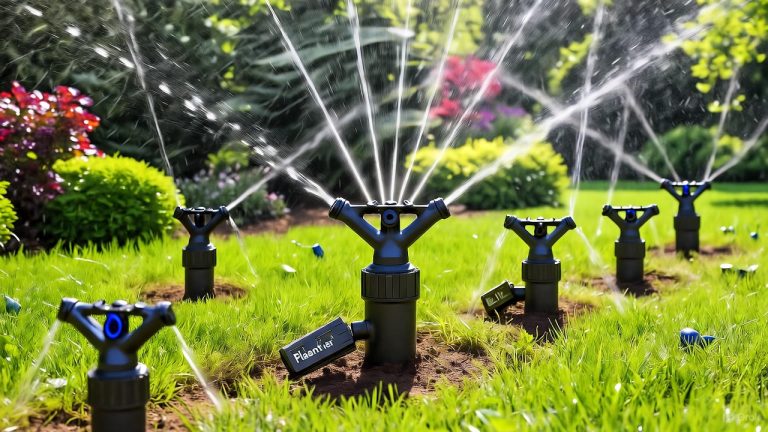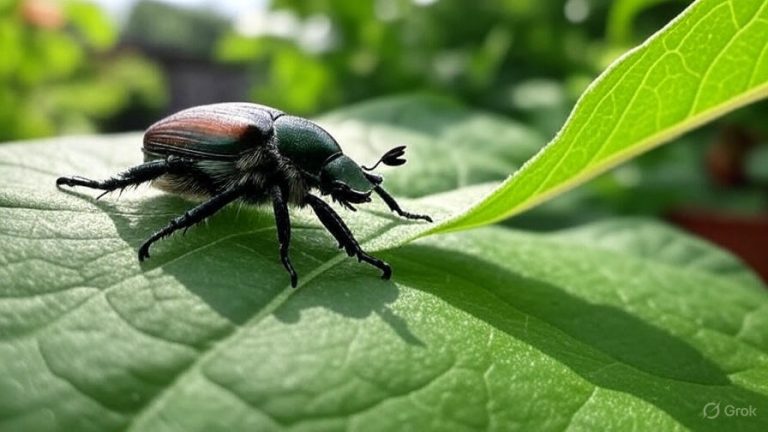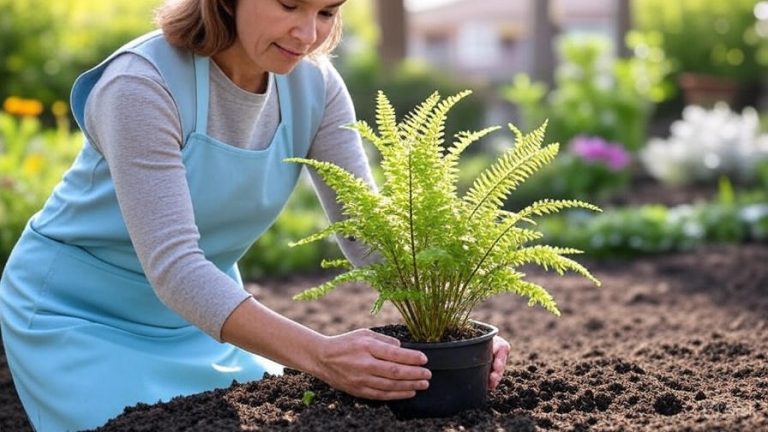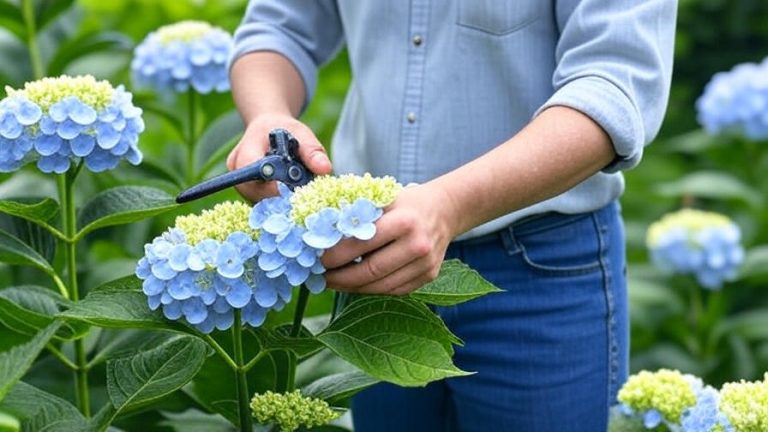HOW TO START A MANGO TREE FROM SEED?
Growing a mango tree from seed is a fascinating and rewarding project. It allows you to witness the complete life cycle of a plant, from a tiny seed to a potentially fruit-bearing tree. While it requires patience and attention to detail, the process is simpler than you might think. This comprehensive guide will walk you through each step, ensuring you have the best chance of success in cultivating your very own mango tree.
WHY GROW A MANGO TREE FROM SEED?
Before diving into the how-to, let’s explore the reasons why you might want to embark on this journey. Growing a mango tree from seed offers several benefits:
- Cost-Effective: Starting from seed is significantly cheaper than buying a grafted mango tree.
- Educational: The process provides a hands-on learning experience about plant biology and horticulture.
- Rewarding: Nurturing a tree from its earliest stage offers a unique sense of accomplishment.
- Genetic Diversity: Seed-grown trees can exhibit unique characteristics, potentially leading to exciting new mango varieties.
Now, keep in mind that growing a mango tree from seed has a key drawback: it takes longer to produce fruit compared to grafted trees. Seed-grown mango trees can take anywhere from 5 to 10 years to bear fruit, and the fruit quality might not be exactly like the parent fruit. Grafting, on the other hand, ensures the new tree produces fruit identical to the parent and often shortens the time to fruiting. However, if you are in it for the long haul and enjoy the process of nurturing a plant, growing from seed is a wonderful option.
GATHERING AND PREPARING THE MANGO SEED
The first and most crucial step is obtaining a viable mango seed. Here’s how to do it:
Selecting the Right Mango
Your mango selection is important. Find a ripe, healthy mango from a variety you enjoy. Overripe mangoes are fine, as long as the fruit is not rotten. The best time to source a mango for its seed is during the mango season in your region.
Removing the Seed
Carefully cut open the mango and remove the seed. You’ll notice the seed is encased in a hard, fibrous husk called the endocarp. This husk needs to be removed to improve germination rates.
Cleaning the Seed
Once you’ve extracted the seed, clean off any remaining fruit pulp. This pulp can attract pests and diseases. Rinse the seed thoroughly under running water and gently scrub it with a soft brush.
Opening the Husk (Endocarp)
This is perhaps the trickiest part, but essential for successful germination. The goal is to carefully open the husk without damaging the seed inside. Here are two methods:
- Knife Method: Use a sharp knife to carefully slice along the edge of the husk. Work your way around the perimeter, gently prying it open. Be extremely cautious not to cut too deep and damage the seed within.
- Shears Method: Use strong shears or pruning clippers to make a small cut on the edge of the husk. Then, gently pry it open with a screwdriver or similar tool. Again, be careful not to damage the seed.
Once you’ve opened the husk, you’ll find the actual mango seed (also called the embryo) inside. It looks like a large bean.
Inspecting the Seed
Carefully inspect the seed for any signs of damage or disease. A healthy seed should be plump and firm. Discard any seeds that are shriveled, discolored, or have visible mold.
GERMINATING THE MANGO SEED
Now that you have a clean, healthy mango seed, it’s time to germinate it. There are two popular methods for germinating mango seeds:
The Paper Towel Method
This method is simple and allows you to monitor the seed’s progress easily.
- Wrap the Seed: Moisten a paper towel and wrap the mango seed in it. Make sure the paper towel is damp but not soaking wet.
- Place in a Bag: Put the wrapped seed in a plastic bag or container. This will help retain moisture.
- Warm Location: Place the bag in a warm location, such as a sunny windowsill or a spot near a heater. The ideal temperature for germination is between 70-80°F (21-27°C).
- Monitor Moisture: Check the paper towel regularly and re-moisten it as needed. The seed should remain consistently damp.
- Wait for Germination: Within a few days to a few weeks, the seed should sprout. You’ll see a small root emerging from the seed.
The Direct Planting Method
This method involves planting the seed directly into a pot of soil.
- Prepare the Pot: Fill a pot with well-draining potting mix. A mixture of potting soil, perlite, and vermiculite works well.
- Plant the Seed: Make a hole in the center of the pot and place the mango seed horizontally, with the curved side facing upwards. Cover the seed with about an inch of soil.
- Water Gently: Water the soil gently until it is moist but not waterlogged.
- Warm Location: Place the pot in a warm, sunny location.
- Keep Moist: Keep the soil consistently moist, but avoid overwatering.
- Wait for Germination: Germination can take several weeks. Be patient and continue to monitor the soil moisture.
Regardless of which method you choose, patience is key. Mango seeds can take anywhere from one to six weeks to germinate, depending on the variety, temperature, and moisture levels.
TRANSPLANTING THE SEEDLING
Once your mango seed has germinated and produced a small seedling with a few leaves, it’s time to transplant it into a larger pot.
Choosing the Right Pot
Select a pot that is at least 6 inches in diameter and has drainage holes. This will give the seedling enough room to grow.
Preparing the Potting Mix
Use a well-draining potting mix similar to what you used for germination. You can also add some compost or aged manure to provide extra nutrients.
Carefully Transplanting
Gently remove the seedling from its germination setup. If you used the paper towel method, carefully unwrap the seedling, being careful not to damage the roots. If you planted directly in soil, gently loosen the soil around the seedling and lift it out.
Planting the Seedling
Make a hole in the center of the pot and place the seedling in it. Backfill with potting mix and gently pat down the soil around the base of the seedling.
Watering and Initial Care
Water the seedling thoroughly after transplanting. Place the pot in a warm, sunny location. Protect the seedling from strong winds and extreme temperatures during its first few weeks.
CARING FOR YOUR MANGO TREE
Now that your mango seedling is happily growing in its new pot, it’s time to provide the ongoing care it needs to thrive.
Sunlight
Mango trees need plenty of sunlight to grow and produce fruit. Aim for at least 6-8 hours of direct sunlight per day. If you live in an area with limited sunlight, you may need to supplement with artificial lighting.
Watering
Water your mango tree regularly, especially during the growing season (spring and summer). Allow the soil to dry out slightly between waterings. Avoid overwatering, as this can lead to root rot. Reduce watering during the dormant season (fall and winter).
Fertilizing
Fertilize your mango tree regularly with a balanced fertilizer. A fertilizer with an NPK ratio of 10-10-10 or 14-14-14 is a good choice. Follow the instructions on the fertilizer label for application rates. Fertilize every few months during the growing season.
Pruning
Pruning is important for shaping your mango tree and encouraging fruit production. Prune away any dead, damaged, or diseased branches. You can also prune to control the size and shape of the tree. The best time to prune is after the tree has finished fruiting.
Pest and Disease Control
Mango trees can be susceptible to various pests and diseases. Common pests include aphids, mealybugs, and scale. Common diseases include anthracnose and powdery mildew. Inspect your tree regularly for signs of pests or diseases. Treat any problems promptly with appropriate insecticides or fungicides. Organic options are always preferable.
Repotting
As your mango tree grows, it will eventually need to be repotted into a larger container. Repot every year or two, or when the tree becomes root-bound. Choose a pot that is several inches larger in diameter than the previous pot.
Overwintering
If you live in a climate with cold winters, you’ll need to protect your mango tree from frost and freezing temperatures. If your tree is in a pot, you can bring it indoors for the winter. Place it in a sunny location and reduce watering. If your tree is planted in the ground, you can protect it by wrapping the trunk with burlap or blankets.
TROUBLESHOOTING COMMON PROBLEMS
Even with the best care, you may encounter some problems while growing your mango tree. Here are some common issues and how to address them:
Seed Doesn’t Germinate
If your mango seed doesn’t germinate after several weeks, it could be due to several factors:
- Non-Viable Seed: The seed may not be viable. Try germinating multiple seeds to increase your chances of success.
- Incorrect Temperature: The temperature may be too cold or too hot. Ensure the seed is in a warm location.
- Insufficient Moisture: The seed may not be getting enough moisture. Keep the paper towel or soil consistently damp.
- Seed Rot: The seed may have rotted due to overwatering or poor drainage. Use well-draining potting mix and avoid overwatering.
Seedling Dies After Germination
If your seedling dies shortly after germination, it could be due to:
- Damping Off: This is a fungal disease that affects young seedlings. Use a sterile potting mix and avoid overwatering.
- Insufficient Sunlight: The seedling may not be getting enough sunlight. Move it to a sunnier location.
- Overwatering: Overwatering can lead to root rot. Allow the soil to dry out slightly between waterings.
Leaves Turning Yellow
Yellowing leaves can indicate several problems:
- Nutrient Deficiency: The tree may be lacking essential nutrients. Fertilize with a balanced fertilizer.
- Overwatering: Overwatering can lead to root rot, which can cause yellowing leaves. Allow the soil to dry out slightly between waterings.
- Pest Infestation: Pests can suck the sap from leaves, causing them to turn yellow. Inspect the tree for pests and treat accordingly.

No Fruit Production
As mentioned earlier, seed-grown mango trees take longer to produce fruit than grafted trees. If your tree hasn’t fruited after several years, it could be due to:
- Age: The tree may not be mature enough to fruit. Be patient and continue to provide good care.
- Insufficient Sunlight: The tree may not be getting enough sunlight. Ensure it receives at least 6-8 hours of direct sunlight per day.
- Improper Pruning: Improper pruning can remove the branches that produce fruit. Prune carefully, focusing on removing dead, damaged, or diseased branches.
- Lack of Pollination: Mango trees require pollination to produce fruit. If you live in an area with limited pollinators, you may need to hand-pollinate the flowers.
CONSIDERATIONS FOR CONTAINER GROWING
Growing a mango tree in a container offers flexibility, especially if you live in a climate with cold winters. Here are some specific considerations for container-grown mango trees:
- Pot Size: Choose a pot that is large enough to accommodate the tree’s root system. Start with a pot that is at least 6 inches in diameter and gradually increase the size as the tree grows.
- Potting Mix: Use a well-draining potting mix that is specifically formulated for container plants. Avoid using garden soil, as it can become compacted and poorly drained in a container.
- Drainage: Ensure the pot has adequate drainage holes to prevent waterlogging.
- Watering: Container-grown plants tend to dry out more quickly than those planted in the ground. Water regularly, especially during hot weather.
- Fertilizing: Container-grown plants rely on you for nutrients. Fertilize regularly with a balanced fertilizer.
- Moving the Container: If you live in a cold climate, you’ll need to move the container indoors during the winter. Choose a container that is easy to move, or use a plant dolly.
CONCLUSION
Starting a mango tree from seed is a long-term project that requires patience, dedication, and a little bit of luck. However, the rewards are well worth the effort. Watching your mango tree grow from a tiny seed into a mature, fruit-bearing tree is an incredibly fulfilling experience. Even if your tree doesn’t produce fruit right away, you’ll still enjoy the beauty and shade it provides. So, gather your supplies, follow these steps, and embark on your mango-growing adventure today! Remember that local climate, soil conditions, and mango variety all play a role in the success of your tree. Don’t be afraid to experiment and adapt your approach as needed.







